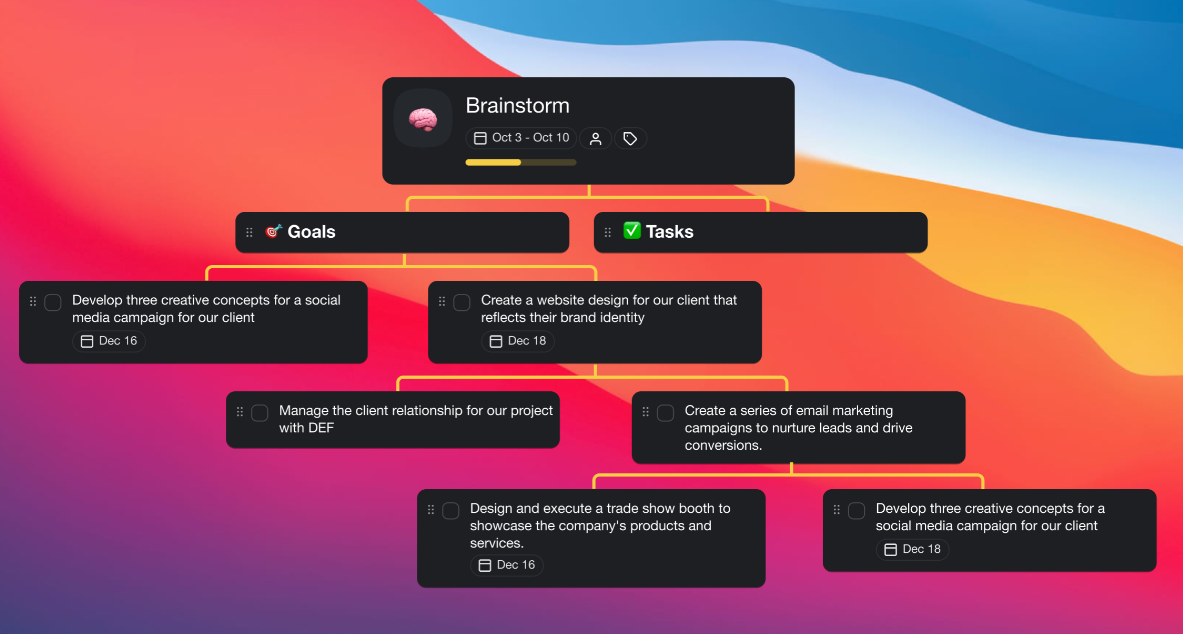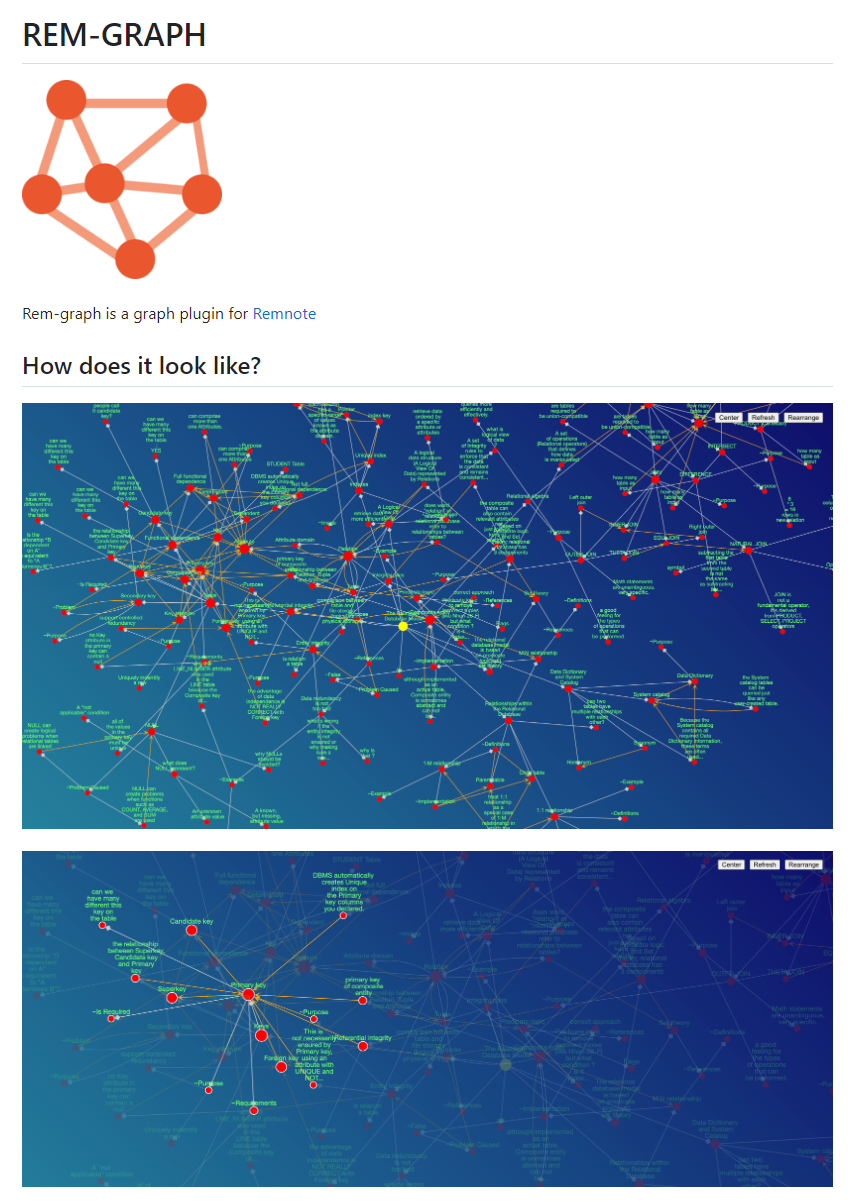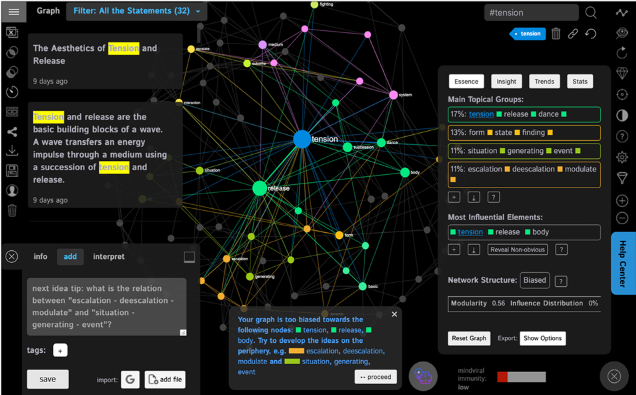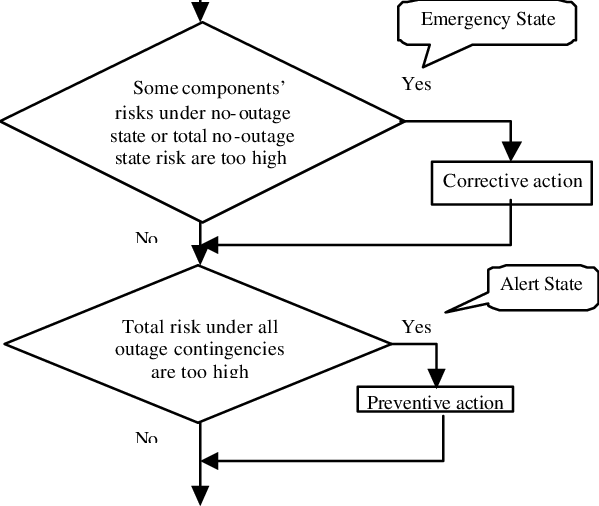I've come across several implementations that seem quite interesting.
Taskade's Mindmaps


Remnote plugin: Rem-graph

Infranodus graph

===
I think that Tana has to carefully consider this, because the graphical interface is something that is far more intuitive to the human mind than pure text.
The way many apps do it, like Logseq's whiteboard or Obsidian's canvas or Scrintal or Heptabase - they don't really seem to catch the essence of this... It's about the relationships created, not just the graphical representation of it. And Tana has the advantage here because of 'named edges'.
Imo, the above apps have taken a step towards incorporating graphical design, but it doesn't match the fluidity of thinking that can be done on pen-and-paper. The connections made in graphs must carry the same weight as actual bidirectional links. The problem is figuring out how...
Could we have predefined connectors like parent-sibling connectors (implying superset/subset), sequence connectors (implying causation/sequence/time), and so forth? And then the other question is how do we retrieve a part of the graph? How would a node look like?
I think in a world where AI is really picking up, the graphview would become a competitive advantage (until at least AI doesn't become fully multimodal yet)
Things like these just do not translate well into text:


What about also adding these as views?
The mind map screenshot really made me think that these could also be implemented as views for nodes and to act as kind of a local graph or mind map.